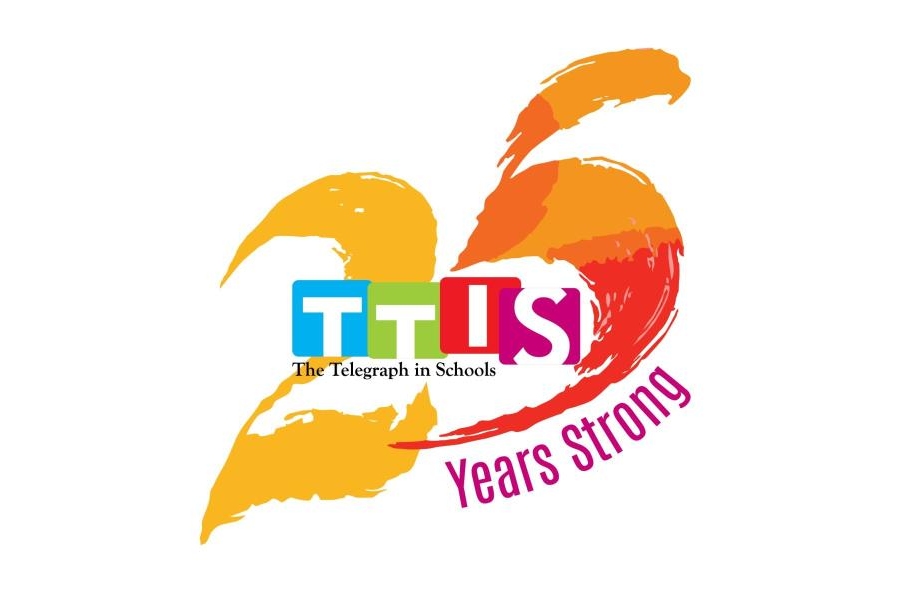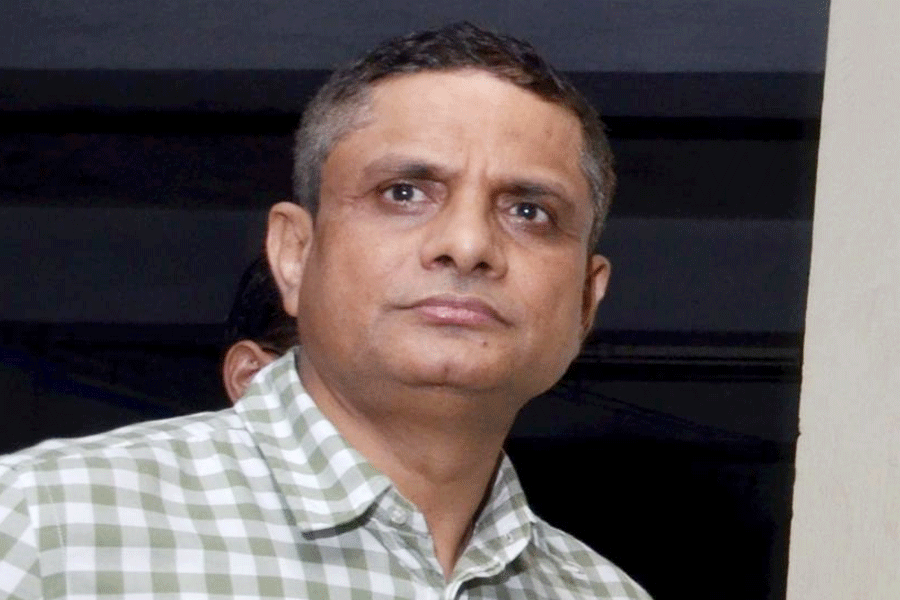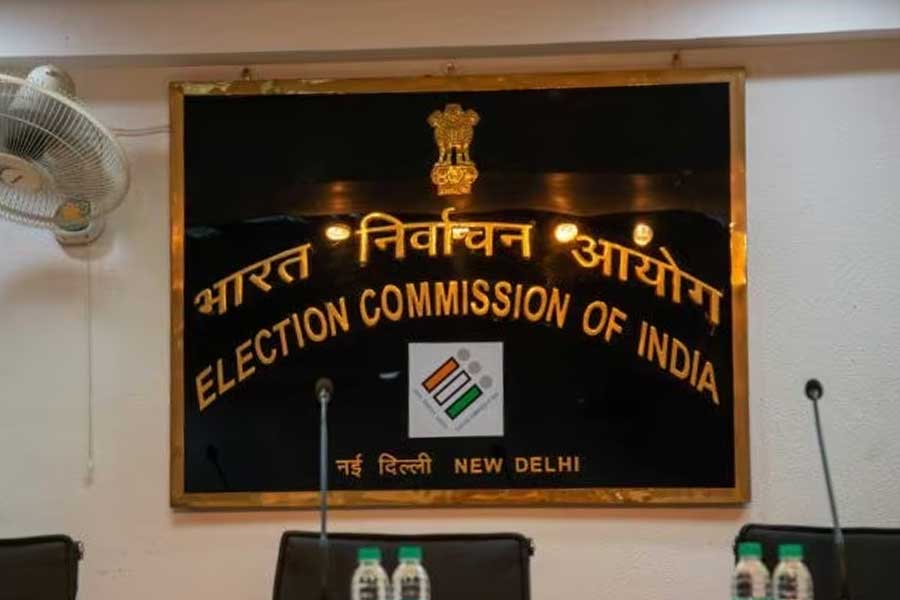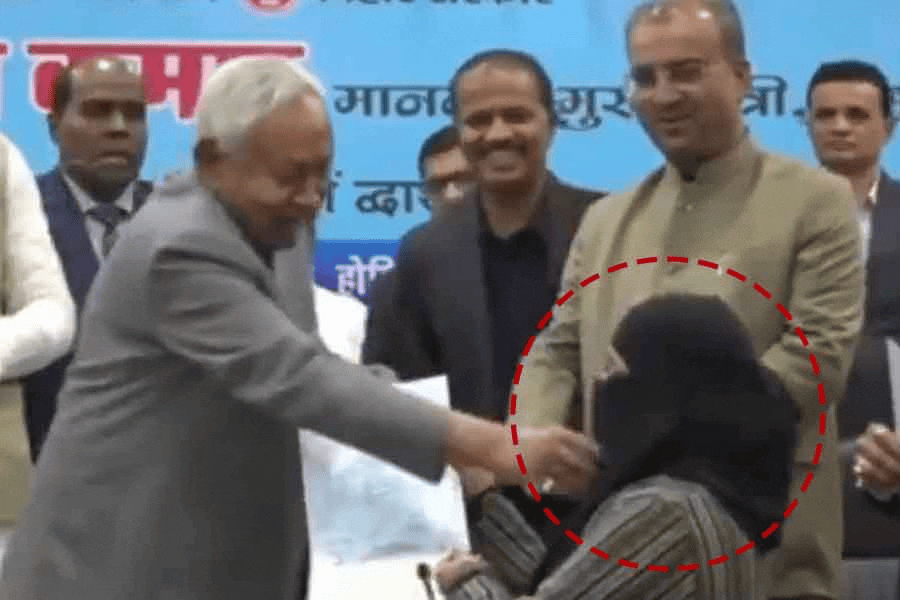A bold experiment to create a newspaper for children took a leap of faith — and became a newspaper by children.
That bold experiment turned 25 on July 26.
When The Telegraph in Schools (TTIS) started 25 years ago, its “brand ambassador” would visit 14 schools a day, speaking to the authorities “about TTIS”.
Now it has a presence in over 250 schools in Bengal, and nearly 300 students serve as Tiger reporters.
And the roar of the Tigers is not merely loud — it is topical, relevant and incisive, as they report on the issues that surround and affect them.
“Twenty-five years back, when TTIS started, it started as a bold experiment. An experiment that was built on the premise that the students don’t just deserve to be informed but they deserve to inform,” said Dhruba Mukherjee, CEO, ABP Group.
“Over time, TTIS became a platform, a stage for expression of young minds. Soon, it became more than a newspaper. TTIS became a movement. A movement for youth journalism, a movement for equality, for expression and a movement that empowered the youth to not just witness history but to write it,” said Mukherjee.
Many of the young people are not “stars” in their schools but “unknowns or lesser knowns” who have found their voice in the 12-page weekly newspaper.
“They come and go out refreshed and confident,” said Barry O’Brien, trustee, The Telegraph Education Foundation.
The chairman of The Telegraph Education Foundation, Amitabha Datta, said the product was envisaged as one that would be “for the children, by the children”.
“That is how TTIS was positioned, and possibly therefore, it was one of the publications entirely dependent on content generated by the users,” said Datta.
The completion of 25 successful years was celebrated with a programme at The Bengal Club.
In attendance were principals of leading schools, student reporters and those who made TTIS a force, a talking point.
“We want to thank all of you. You could have just kept us out of the gate. You didn’t. Some of you warmly welcomed us, some of you embraced us, and some of you tolerated us,” O’Brien told the school heads on Monday.
Like a teacher who can see through his students’ shyness, O’Brien urged principals to send students who “don’t make eye contact” or those who have the potential
but cannot make “that jump forward”.
Anjana Saha, principal of Mahadevi Birla World Academy, said that at a time when creative writing is fast disappearing, TTIS gave students the space to write. “Students get validation when their writing is published,” said Saha.
Some like Lakshmipat Singhania Academy and Rammohan Mission High School have had an association with TTIS almost since its inception, their heads said.
“We have seen the content mature over the years,” said Meena Kak, director, Lakshmipat Singhania Academy.
Sujoy Biswas, principal, Rammohan Mission High School, went back almost 25 years when the first meeting was held. “We would always tell our children to read the newspaper. Then came a newspaper that was specifically meant for them, and so our work became even easier.”
The newspaper has helped children develop an interest in reading, said D.K. Chadda, principal, South Point School.
Anju Banerjee, academic initiator, primary school, at St. Xavier’s Institution, Panihati, said: “It helps children know the world beyond the confines of the curriculum.”
TTIS is not just about being creative, “it teaches you to be more disciplined”, said a student.










